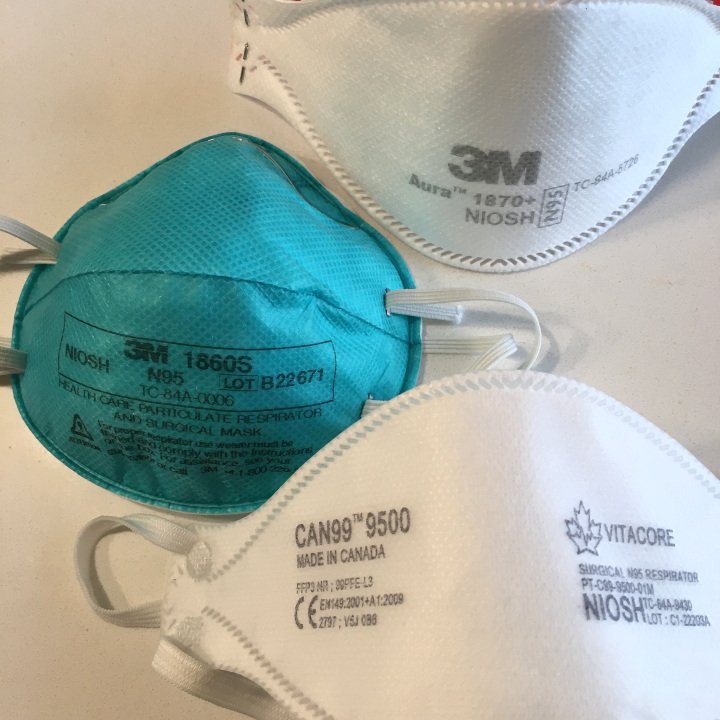About a quarter of U.S. adults who had COVID-19 during the past four years endured persistent symptoms lasting at least three months following their infection. But the prevalence of long COVID varied significantly by state, with California having a relatively low incidence compared to the national average, according to a report released Friday by the U.S. Centers for Disease Control and Prevention.
Long COVID encompasses over 200 symptoms that can last for months or even years after a coronavirus infection, including extreme fatigue, brain fog, heart palpitations, sexual dysfunction or digestive disorders.
The CDC’s breakdown of long COVID hotspots revealed a clear correlation between areas with higher rates of persistent symptoms and those with the greatest skepticism about the pandemic, per research from the National Institutes of Health.
For instance, the states with more long COVID were also those with lower vaccination rates and where the threat from COVID was more often perceived as exaggerated.
The hardest-hit states also experienced more COVID-19 cases per 100,000 residents and had elevated levels of obesity and chronic health conditions, according to CDC data.
Nationwide, 6.4% of all U.S. adults have reported experiencing long COVID at some point.
In the seven worst-affected states, roughly one in 10 adults — falling in a range from 8.9% to 10.3% — reported experiencing long COVID. Those states were West Virginia, Montana, Wyoming, North Dakota, Oklahoma, Alabama and Tennessee.
By contrast, the District of Columbia, Hawaii, Oregon, Washington, Maryland, Connecticut, Rhode Island, Massachusetts, Vermont, New Hampshire and Maine reported the lowest prevalence of residents experiencing long COVID, ranging from 3.7% to 5.3%.
California fell among the states with the second-lowest incidence, with 5.4% to 7.1% of residents reporting long COVID.
The CDC conducted the analysis using data from the 2022 Behavioral Risk Factor Surveillance System, incorporating information from over 400,000 American adults. It is estimated that up to 20 million Americans are currently grappling with long COVID.
“Given the increased health care needs among persons experiencing Long COVID, ongoing assessment of state- and territory-level prevalence data could guide policy, planning, or programming,” the authors of the report wrote. “State-level estimates might also help identify geographic disparities in Long COVID across the United States that could guide interventions to promote health equity.”
Recent state-level data from November 2023, collected by the U.S. Census Bureau, indicates an even more pronounced disparity between red and blue states.
Approximately one-third of adults who ever had COVID-19 in a dozen GOP-led states reported having experienced long COVID, including more than 35% of those in Oklahoma and Montana.
California was ranked among the three places with the lowest rates, at 21.7%, just above Vermont (18%) and the District of Columbia (17.5%).
More than 135 million Americans have been infected with SARS-CoV-2, the virus that causes COVID-19. Persistent health issues were more commonly reported among individuals infected before the omicron variant emerged in December 2021. Rates of long COVID were also higher among the unvaccinated and those who experienced reinfection.
About 12% of Oklahoma residents have received the most recent COVID-19 vaccine, according to CDC data, compared to 20.6% in California.
While the most recent COVID-19 vaccine may not prevent all infections, the agency affirms that it significantly reduces the severity of illness and lowers the risk of long COVID.
Encouragingly, the incidence of long COVID appears to be decreasing. The most recent data from the Census Bureau’s “Household Pulse Survey,” conducted through a monthly online questionnaire since April 2020, indicated that as of Oct. 30, 9.5% of adults previously infected with COVID-19 reported long COVID symptoms, down from 14.7% at the same time in the previous year.
